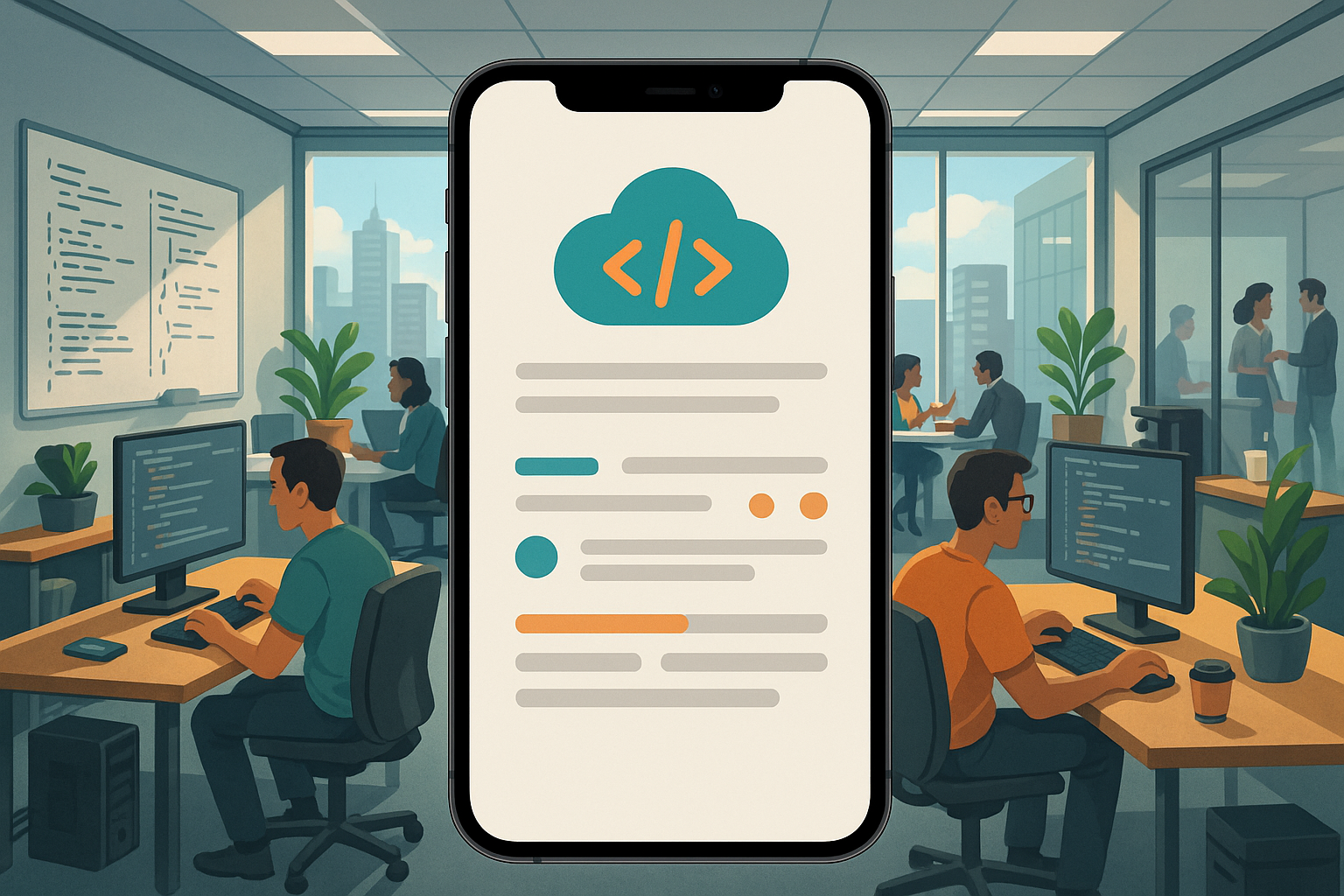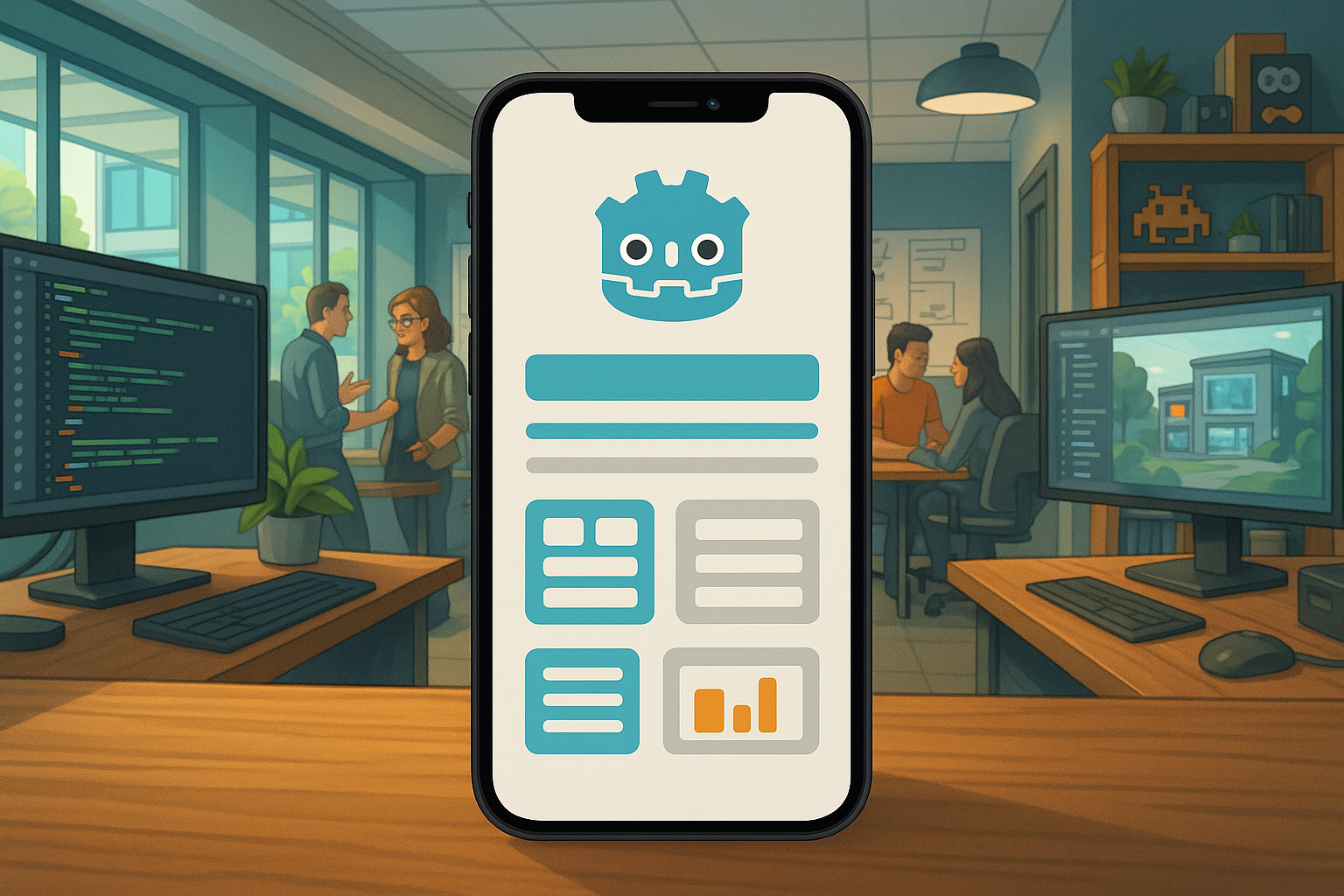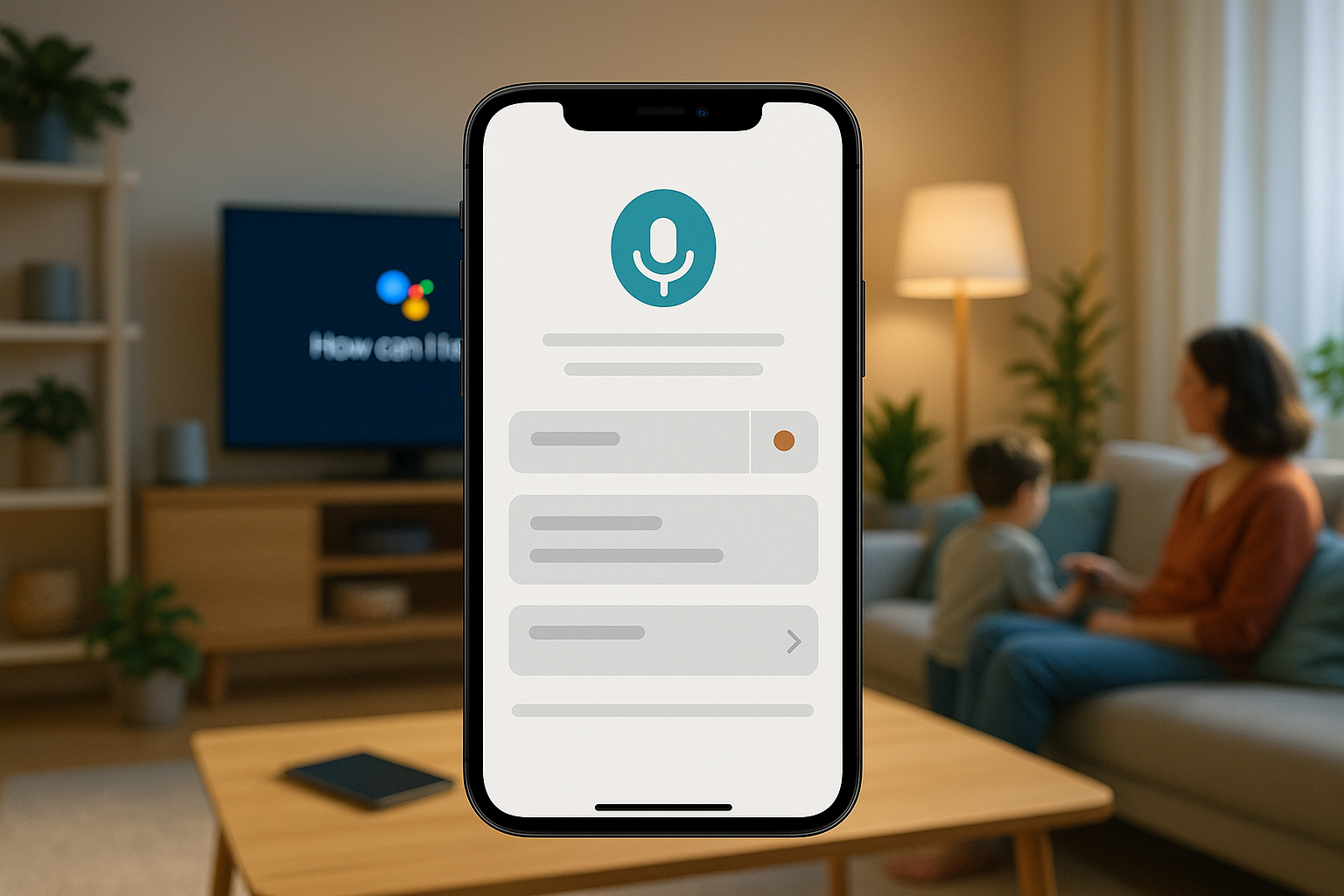Introduction
Google App Engine offers a powerful, fully managed platform that promises to let developers focus on what they do best: writing code. With zero server management and support for popular languages, it seems like an ideal solution for building scalable web applications and monolithic server-side rendered websites. However, the reality of developing on App Engine can be a stark contrast to this idyllic picture. Many development teams find themselves bogged down by a complex and often frustrating ecosystem, facing challenges that can derail projects and stifle innovation.
The path to a successful App Engine application is fraught with potential pitfalls. Developers grapple with a local development environment that many describe as broken, a confusing array of service options with disjointed documentation, and a history of deprecated services that force costly and time-consuming migrations. What was once a turnkey Platform as a Service (PaaS) has evolved into a collection of diversified products that can feel overwhelming, especially for small to medium-sized teams.
This article serves as a comprehensive guide to navigating the complexities of Google App Engine app development. We will explore what App Engine is, dive deep into the significant challenges of in-house development, clarify the differences between its application environments, and demystify its pricing model. Furthermore, we will introduce you to top development companies that can help.
As a top US AI-powered app development firm, we at MetaCTO have over two decades of experience turning complex technical challenges into successful, market-ready mobile applications. We understand the friction points and landmines within platforms like App Engine. This guide will not only inform you but also show you how partnering with an expert firm like ours can be the key to unlocking App Engine’s true potential, allowing you to build, grow, and monetize your application without the development headaches.
What is a Google App Engine app
A Google App Engine application is an application built on Google’s fully managed, serverless platform designed to build and run applications at scale. The core value proposition of App Engine is that it manages all infrastructure concerns, providing zero server management and enabling zero-configuration deployments. This allows developers to abstract away the complexities of system administration and focus solely on writing the code that powers their product.
App Engine supports a wide range of popular development languages, including Node.js, Java, Ruby, C#, Go, Python, and PHP, making it accessible to a broad spectrum of developers. It also offers a suite of powerful developer tools to streamline the development lifecycle:
- Application Diagnostics: App Engine integrates with Google Cloud’s observability suite. It uses Cloud Monitoring and Cloud Logging to track the health and performance of an app and leverages Error Reporting to help developers diagnose and fix bugs quickly.
- Application Versioning: The platform supports hosting different versions of an application simultaneously. This feature is invaluable for easily creating distinct development, test, staging, and production environments, facilitating a robust and safe deployment pipeline.
- Security: App Engine helps safeguard applications through features like the App Engine firewall, which allows for the definition of granular access rules. It also provides managed SSL/TLS certificates by default on custom domains at no additional cost, simplifying security setup.
- Ecosystem Integration: Applications built on App Engine can tap into a growing ecosystem of Google Cloud services and an excellent suite of cloud developer tools, allowing for the creation of feature-rich and powerful applications.
At its heart, an App Engine application runs as instances within one of two environments: the standard environment or the flexible environment. Developers can even use both simultaneously within the same application, designing a microservices architecture that takes advantage of each environment’s unique benefits. This flexibility, combined with its competitive, usage-based pricing model, makes it a compelling choice for building everything from monolithic server-side rendered websites to complex, scalable web services.
Reasons that it is difficult to develop a Google App Engine app in house
While Google App Engine’s features appear powerful on paper, the in-house development experience is often fraught with significant challenges that can overwhelm even seasoned developers. The platform’s evolution has introduced a level of complexity and fragmentation that many find difficult to navigate, turning what should be a streamlined process into a frustrating ordeal.
The Local Development Nightmare
One of the most frequently cited frustrations is the current state of local development. For many, it has become nearly impossible. Developers who remember the ease of use with older runtimes like Python 2.7, which allowed for simple and comprehensive local testing, now face a starkly different reality. The current state is bottlenecked by diversified and separated products, many of which have separate or missing emulators.
As developer Kaan Soral lamented, it’s difficult to imagine a “happy scenario” where one could develop an app locally without first spending weeks trying to understand the convoluted ecosystem. Key challenges include:
- Limited Local Testing: Developers report that they can test “almost nothing” locally anymore. This is a massive blow to productivity and agile development practices.
- The Live-Only Workflow: The alternative to local development is a slow and cumbersome live development loop. Developers must run
gcloud app deployafter every minor code change, a process that can take up to two minutes. To see logs, they must usegcloud app logs tail, which introduces a 5-10 second delay. This creates what Soral calls a “huge frictional difference” compared to the instant feedback of a local server. - Emulator and Configuration Issues: Getting services like Firestore to work locally is a significant hurdle. Developers have struggled to find clear examples for emulating, authenticating, and using it, with most documentation pointing to a Firebase-centric flow. Similarly, services like Cloud Tasks, a critical component for many applications, cannot be emulated or tested locally at all, which developer Jeff Schnitzer calls a “serious problem.”
Overwhelming Choices and Fragmented Documentation
The new App Engine presents developers with what feels like a “vast, overflowing, and overwhelming amount of new options.” At every step, developers face initially arbitrary decisions that can have long-lasting consequences. Choosing between the standard and flexible environments, or between Firestore in Datastore mode and native Firestore, can feel like navigating a field of “land mines and missing functionality,” as described by developer Brian Ruuska.
This confusion is compounded by documentation that often feels disjointed, as if written by separate teams that do not communicate with each other. This lack of a unified vision makes it incredibly difficult to get a development environment set up where one can rapidly develop, test, and see data. MdeA, another developer, reported being unable to get a simple “Hello World” application to connect to a local Datastore after several days of trying.
The Pain of Deprecated Services and Forced Migrations
Perhaps the biggest source of pain for the App Engine community is Google’s history of deprecating services. The “magic” that made App Engine a beloved, all-in-one PaaS is gone. Many of the bundled services that made development easy and straightforward are being shut down, forcing developers into complex and often expensive migrations.
Matthew Parkes expressed extreme frustration after migrating from Python 2.7 to Python 3.7, losing nice framework features for Endpoints API, user management, and data management. Other critical deprecated services include:
- Shared Memcache: There is no direct replacement for the free, shared Memcache. Apps relying on it face either performance issues or increased costs.
- Image API: A practical and low-cost solution for image serving that was deprecated, leaving developers to scramble for alternatives.
- Search API: Migrating from the built-in search service to a solution like ElasticSearch can be prohibitively expensive for small applications, with costs potentially jumping from under $10 per month to over $200 per month for the smallest possible cluster.
These migrations are not just costly; they place an immense burden on development teams. Joshua Smith voiced a common sentiment of being “super tired of having to go back and rewrite his critical business infrastructure every few years.” This constant churn erodes trust and forces developers to spend time porting old features instead of building new ones. If your project is facing these kinds of setbacks, a Project Rescue service can provide the expert guidance needed to get back on track.
The Feeling of Being Left Behind
These challenges have cultivated a perception that Google is more interested in “serving big enterprises, leaving smaller developers behind.” The platform no longer feels as friendly to small teams or less technical founders. The constant risk of service deprecation, coupled with the high learning curve, makes App Engine feel like a riskier long-term bet compared to competing approaches. Developers question why they should trust that any new service will last more than Google’s committed three years, making it difficult to invest confidently in the ecosystem.
Different types of Google App Engine apps
At the architectural core of Google App Engine is a fundamental choice every developer must make: which environment will host the application’s services. App Engine offers two distinct environments—Standard and Flexible—each with its own execution model, performance characteristics, and cost structure. An application can run exclusively in one environment, or it can be designed as a set of microservices that leverages both simultaneously, taking advantage of each one’s individual benefits.
App Engine Standard Environment
The App Engine Standard Environment is designed for simplicity, rapid scaling, and cost-efficiency. Application instances run in a secure sandbox, using the runtime environment of a specific supported language. It is the classic App Engine experience, optimized for applications that need to handle sudden, extreme spikes in traffic and for those intended to run for free or at a very low cost.
The key advantage of the standard environment is its ability to scale to zero instances. When an application has no traffic, it can shut down completely, meaning you pay only for what you use. When a request arrives, instances start up in seconds to serve it. This makes it ideal for applications with intermittent or unpredictable traffic patterns.
However, this environment comes with more restrictions. Developers cannot modify the runtime, write to the local disk outside of a temporary directory, or run background processes. SSH debugging is not supported, and there are limitations on background threads.
App Engine Flexible Environment
The App Engine Flexible Environment offers more, as its name suggests, flexibility. Application instances run within Docker containers on Google Compute Engine virtual machines (VMs). This model opens the door to a wider range of possibilities, as developers can use custom runtimes, install third-party binaries, include native code, and access other Google Cloud resources within their project’s Compute Engine network.
The flexible environment is optimal for applications that receive consistent traffic and experience more regular fluctuations, as it is designed to scale up and down gradually. Since instances are always running (a minimum of one instance is required), startup times are in minutes rather than seconds, but this also means it’s better suited for applications that cannot tolerate the “cold start” latency of the standard environment. It fully supports background processes, background threads, WebSockets, and SSH debugging.
Standard vs. Flexible: A Head-to-Head Comparison
Choosing the right environment—or combination of environments—is critical to building a successful and cost-effective application. The following table breaks down the key differences:
| Feature | Standard Environment | Flexible Environment |
|---|---|---|
| Instance Startup | Seconds | Minutes |
| Maximum Request Timeout | Varies by runtime and scaling type | 60 minutes |
| Background Threads | Yes (with restrictions) | Yes |
| Background Processes | No | Yes |
| SSH Debugging | No | No |
| Scaling to Zero | Yes | No (minimum 1 instance) |
| Local Disk Write | /tmp directory only | Yes (ephemeral) |
| Runtime Modification | No | Yes (via Dockerfile) |
| Deployment Time | Seconds | Minutes |
| Security Patches | Automatic | Automatic (excludes runtime in container) |
| WebSockets | No | Yes |
| Pricing Model | Based on instance hours | Based on vCPU, memory, and persistent disks |
Ultimately, the choice depends on your application’s specific needs. For a lightweight service that needs to respond to unpredictable traffic and keep costs minimal, the Standard Environment is an excellent choice. For a complex, computationally intensive service that requires a custom environment and consistent uptime, the Flexible Environment is the more suitable option.
Cost estimate for developing a Google App Engine app
Estimating the cost of running an application on Google App Engine can be complex, as the pricing models differ significantly between the standard and flexible environments. Furthermore, total costs will include charges from any other Google Cloud products your application uses, such as Cloud Storage, Cloud Tasks, or Memorystore. All projects require a valid payment instrument, and while you are only charged for usage above any applicable free tiers, understanding the components of your bill is crucial to avoid surprises.
Standard Environment Pricing
The standard environment is often attractive to new projects because it offers a generous free tier for App Engine resources. You only begin to incur charges after your usage surpasses these free limits.
- Billing Metric: The primary cost driver is instance hours. The hourly rate depends on the instance class you specify (e.g., F1, B2).
- Billing Accrual: For instances with basic or automatic scaling, billing starts when an instance starts and ends 15 minutes after it finishes processing its last request. For manually scaled instances, it ends 15 minutes after shutdown.
- Invoice Appearance: Your bill will not list individual instance classes. Instead, it aggregates hours from different classes. “F” class instances are reported as “Frontend Instances,” and “B” class instances are reported as “Backend Instances.” For example, one hour on an F4 instance will appear on your bill as four instance hours at the F1 rate.
- Other Costs: You will also be billed for network resources like incoming and outgoing traffic.
Flexible Environment Pricing
The flexible environment operates on a different model and, importantly, does not provide a free tier. Your app is deployed to virtual machine types that you specify, and you are billed for these resources.
- Billing Metrics: Costs are based on the vCPU, memory, and persistent disks your application uses. Billing is calculated on a per-second basis with a 1-minute minimum usage cost.
- Memory Billing: A key detail to note is that billing for memory includes the memory your app uses plus the memory the runtime itself needs to run. This means your actual memory usage and costs can be higher than the maximum memory you request in your configuration.
- No Free Lunch: Since a minimum of one instance must always be running, you will incur costs even when your application is receiving no traffic.
Other Costs to Consider
Regardless of the environment, several other services contribute to the total cost:
- Cloud Build: App Engine uses Cloud Build for every deployment. While Cloud Build has its own free tier, you will incur costs if your deployment frequency exceeds it.
- Ancillary Services: Your application will likely depend on other Google Cloud services. Be sure to factor in the pricing for any you use, including:
- Memorystore for Redis
- Cloud Storage
- Cloud Logging
- Cloud Tasks
- Pub/Sub
Billing Management
You can view your application’s charges and transaction history in the Billing section of the Google Cloud console. Note that the daily usage costs displayed on the App Engine dashboard are rounded to the penny and may not be identical to the full costs accumulated in the official transaction history. It’s also critical to disable billing if you disable an app, as you can still be charged for fixed costs like datastore storage.
Navigating this pricing landscape requires careful planning and monitoring. An experienced partner can help forecast costs accurately and optimize your architecture to ensure you are only paying for the resources you truly need.
Top Google App Engine app development companies
Given the significant complexities and potential pitfalls of in-house Google App Engine development, many businesses wisely choose to partner with an expert agency. These firms possess the deep technical knowledge required to navigate the platform’s intricacies, avoid common landmines, and build robust, scalable, and cost-effective applications. According to DesignRush, there are over 1,900 companies offering Google App Engine services, with the top firms earning an average rating of 4.6 from thousands of verified client reviews.
1. MetaCTO
At MetaCTO, we are a premier US-based, AI-powered mobile app development firm with a 20-year track record of success. We have successfully launched over 120 projects and supported our clients in raising over $40 million in funding. Our 5-star rating on Clutch reflects our commitment to transforming our clients’ visions into reality.
We understand that building an application on a platform like Google App Engine is about more than just writing code. It’s about making the right architectural decisions from day one. Our expertise in custom mobile app development and AI integration makes us uniquely qualified to handle the challenges of the App Engine ecosystem. We help our clients navigate the confusing choices between standard and flexible environments, select the right database solutions, and design architectures that are both powerful and cost-effective.
Our process is designed to deliver results quickly and efficiently. We can launch a Rapid MVP in 90 days, allowing you to validate your idea, collect user feedback, and secure investment without a massive upfront cost. From there, we guide you through every step of the journey:
- Build: We handle the entire design, build, and launch process.
- Grow: We use analytics and A/B testing to optimize user acquisition and retention.
- Monetize: We help you implement the most effective monetization strategies, from subscriptions to in-app purchases.
- Evolve: We ensure your app scales with your business, leveraging the latest technology to keep you competitive.
2. Geomotiv
Located in Alexandria, Virginia, Geomotiv is a highly-rated development firm with a perfect 5.0 average rating from 34 reviews. They are a mid-sized company with 250-499 employees, offering Google App Engine development services. Their pricing is structured at $50/hr with a minimum project size between $25,000 and $50,000, making them a solid choice for established projects.
3. InoXoft
InoXoft is another top-tier firm with a 5.0 average rating, this time from 54 reviews. Based in Philadelphia, Pennsylvania, they are a Google Certified and Microsoft Certified Company, also holding an IEC/ISO 27001 certification for information security management. With a team of 100-249 employees, they handle larger projects with a minimum size of $50,000 and up, at an hourly rate of $35/hr. Their certifications signal a strong commitment to quality and process.
Conclusion
Google App Engine remains a powerful platform for building scalable applications, offering a fully managed environment that promises to free developers from the burden of infrastructure management. However, as we have seen, the path to leveraging this power is littered with obstacles. The challenges of in-house development—from a nearly unusable local development setup and a confusing array of service options to the constant threat of deprecated services and costly migrations—are significant and can easily derail a project.
Navigating the distinctions between the Standard and Flexible environments requires careful architectural planning, and understanding the complex, multi-faceted pricing model is essential to control costs. The platform’s evolution has, for many, replaced its initial simplicity with a level of complexity that demands deep expertise.
For these reasons, partnering with an experienced development firm is often the most strategic and effective path forward. An expert team can steer your project clear of the common pitfalls, make informed architectural decisions, and manage the entire development lifecycle efficiently.
Instead of getting bogged down in migration hell or wrestling with local emulators, let our team of expert developers handle the heavy lifting. At MetaCTO, we transform big ideas into market-ready applications, ensuring your project is built right from day one. We bring two decades of experience in app development, AI integration, and monetization to ensure your App Engine project is not only technically sound but also a commercial success.
Talk with a MetaCTO expert today to discuss your project and get a clear plan for success.






